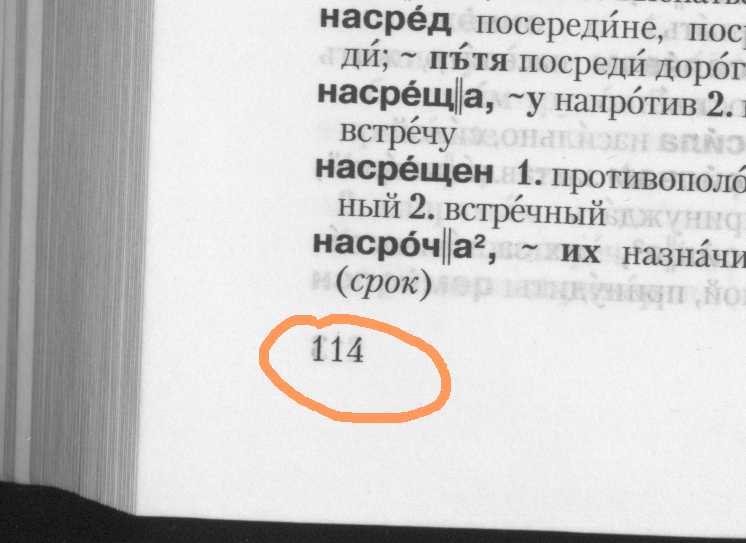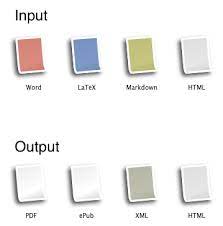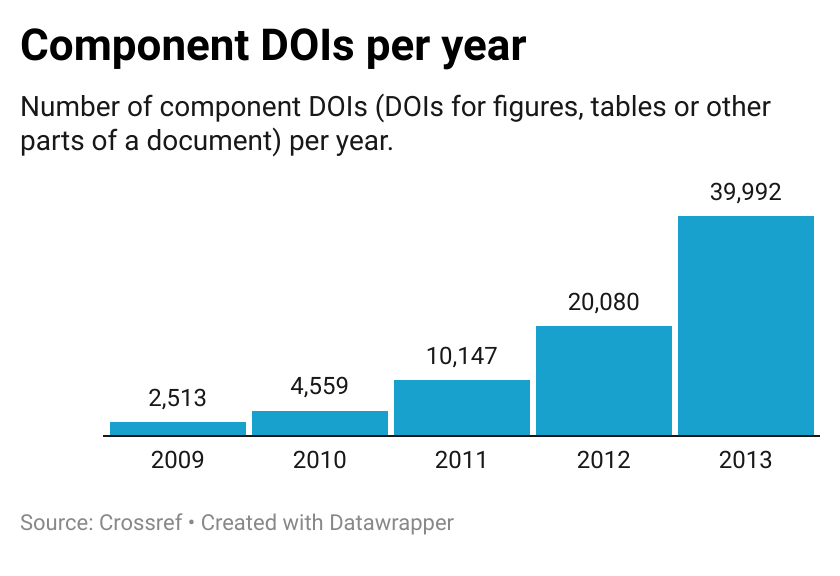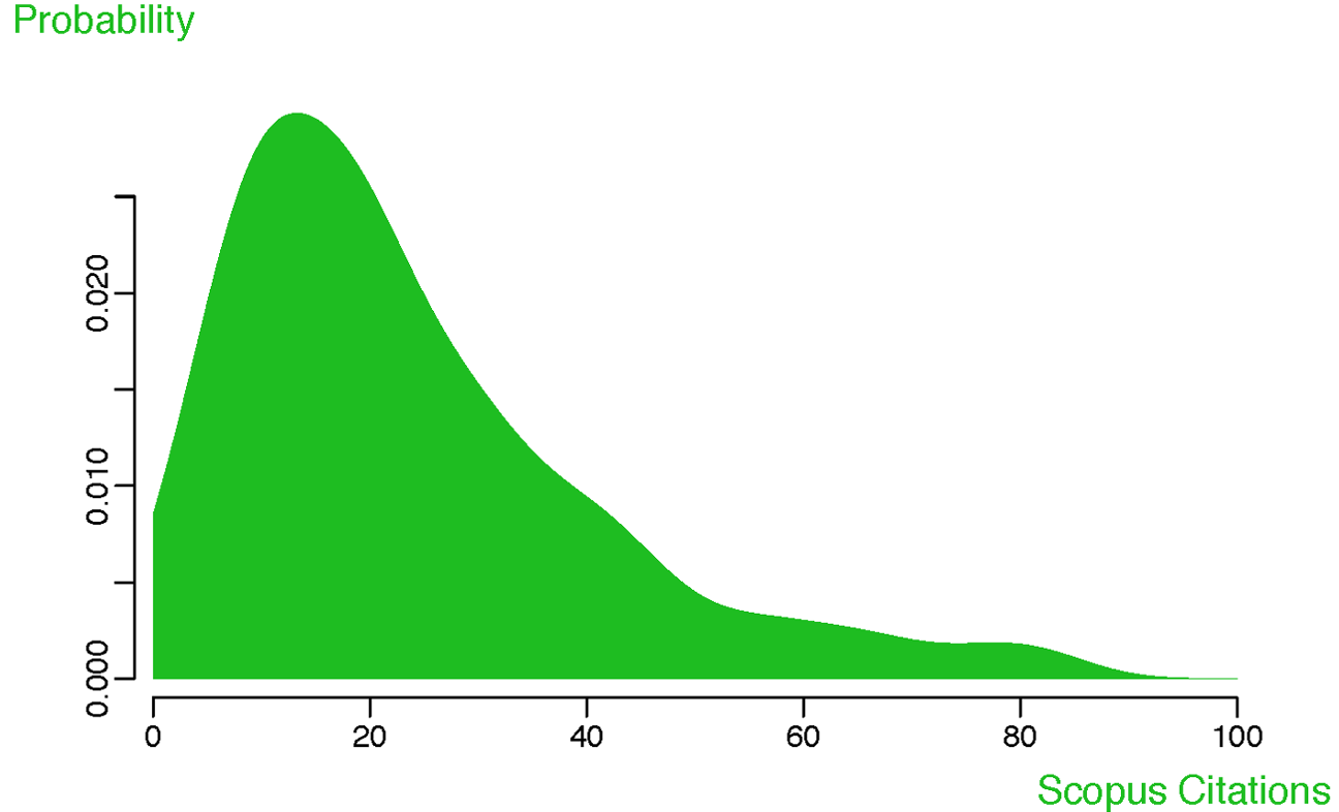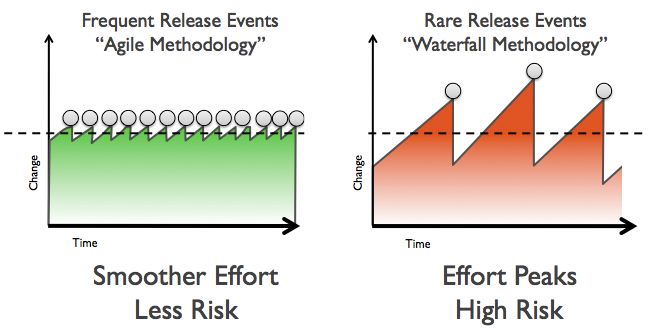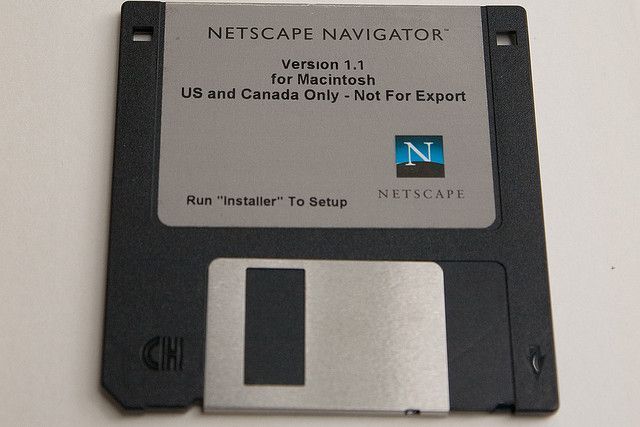
This Sunday Ian Mulvany and I will do a presentation on Open Scholarship Tools at Wikimania 2014 in London. From the abstract: One of the four broad topics we have picked are digital object identifiers (DOI)s . We want to introduce them to people new to them, and we want to show some tricks and cool things to people who already now them.
